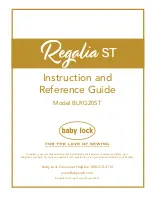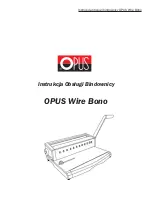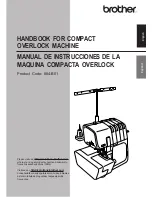
6
F: Satin Stitch Foot
The cutout on the underside of the foot is designed to
accommodate dense stitch formation. Ideal when sewing
satin and decorative stitches.
G: Blind Hem Foot
The guide on the foot helps ensure that the needle
catches only one or two fibers of the hem, resulting in an
invisible hemline.
H: Multi-Cord Foot
Design your own braids or trims. Place one to three
cords in the foot and sew over cord(s) for a simple
couching method. Or sew over one cord with a zigzag to
gather heavier weight fabrics.
Scant 1/4˝ Foot
Accuracy is the key to successful patchwork/quilt sewing.
Sewn from 3.5 needle position; the guide on the foot
provides a perfect 1/4" seam. Or use 4.5 needle position
and achieve the desirable scant 1/4˝ often requested by
quilters.
P-2: Open Toe Embroidery/Darning Foot
Skipped stitches are no longer a concern when sewing
free motion embroidery, stippling, darning and
monogramming. The spring-loaded foot moves up and
down at the same time as the needle. Another benefit
when using this foot is that the front cutout provides
maximum visibility.
R: Automatic Buttonhole Foot
Place button in foot to determine the buttonhole size.
The machine will automatically sew the corresponding
buttonhole.
Quilt Guide
The quilt guide is helpful when sewing parallel, evenly
spaced rows of stitching. May be used with a Open Toe
Walking Foot.
Open Toe Walking Foot
Great for keeping quilt layers from shifting when sewing
and keeping stripes and checks matched. Fabrics lie
between an upper feed dog (on walking foot) and lower
feed dog (on machine) to move fabrics simultaneously,
preventing them from slipping.
Summary of Contents for eXperience 660
Page 1: ... Instruction Manual eXperience 660 ...
Page 2: ......









































